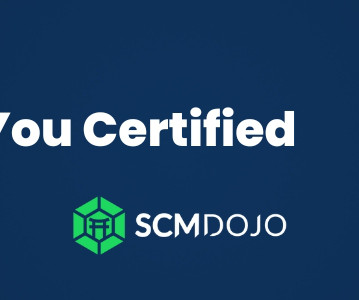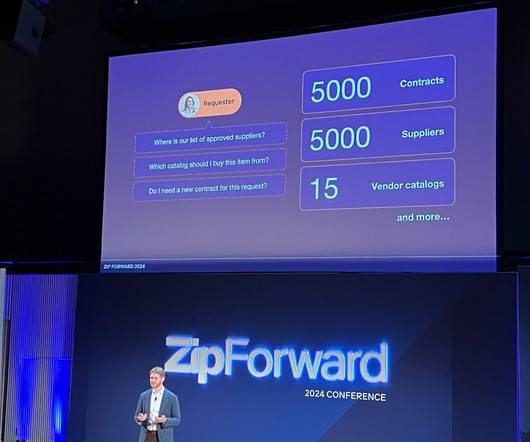Lean Six Sigma for SMEs: A Path to Continuous Improvement
SCMDOJO
FEBRUARY 19, 2024
Over the years, various methodologies have emerged to address this need, including lean manufacturing, Six Sigma, and the integration of both known as Lean Six Sigma (LSS). In this blog, we’ll delve into the integrated Lean Six Sigma approach, exploring its benefits, deployment models, moreover the implications for SMEs.












Let's personalize your content